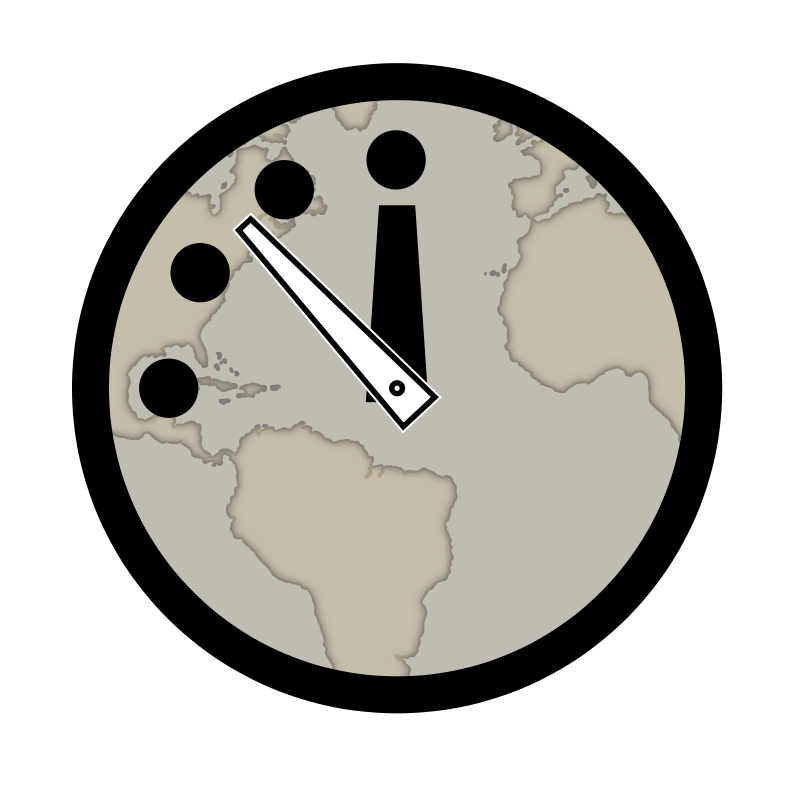Today’s Extra Second Explained

The day will officially be a bit longer than usual on Tuesday, June 30, 2015, because an extra second, or “leap” second, will be added.
“Earth’s rotation is gradually slowing down a bit, so leap seconds are a way to account for that,” said Daniel MacMillan of NASA’s Goddard Space Flight Center in Greenbelt, Maryland.
Strictly speaking, a day lasts 86,400 seconds. That is the case, according to the time standard that people use in their daily lives – Coordinated Universal Time, or UTC. UTC is “atomic time” – the duration of one second is based on extremely predictable electromagnetic transitions in atoms of cesium. These transitions are so reliable that the cesium clock is accurate to one second in 1,400,000 years.
However, the mean solar day – the average length of a day, based on how long it takes Earth to rotate – is about 86,400.002 seconds long. That’s because Earth’s rotation is gradually slowing down a bit, due to a kind of braking force caused by the gravitational tug of war between Earth, the moon and the sun. Scientists estimate that the mean solar day hasn’t been 86,400 seconds long since the year 1820 or so.
This difference of 2 milliseconds, or two thousandths of a second – far less than the blink of an eye – hardly seems noticeable at first. But if this small discrepancy were repeated every day for an entire year, it would add up to almost a second. In reality, that’s not quite what happens. Although Earth’s rotation is slowing down on average, the length of each individual day varies in an unpredictable way.
The length of day is influenced by many factors, mainly the atmosphere over periods less than a year. Our seasonal and daily weather variations can affect the length of day by a few milliseconds over a year. Other contributors to this variation include dynamics of the Earth’s inner core (over long time periods), variations in the atmosphere and oceans, groundwater, and ice storage (over time periods of months to decades), and oceanic and atmospheric tides. Atmospheric variations due to El Niño can cause Earth’s rotation to slow down, increasing the length of day by as much as 1 millisecond, or a thousandth of a second.
Collected: ENN

